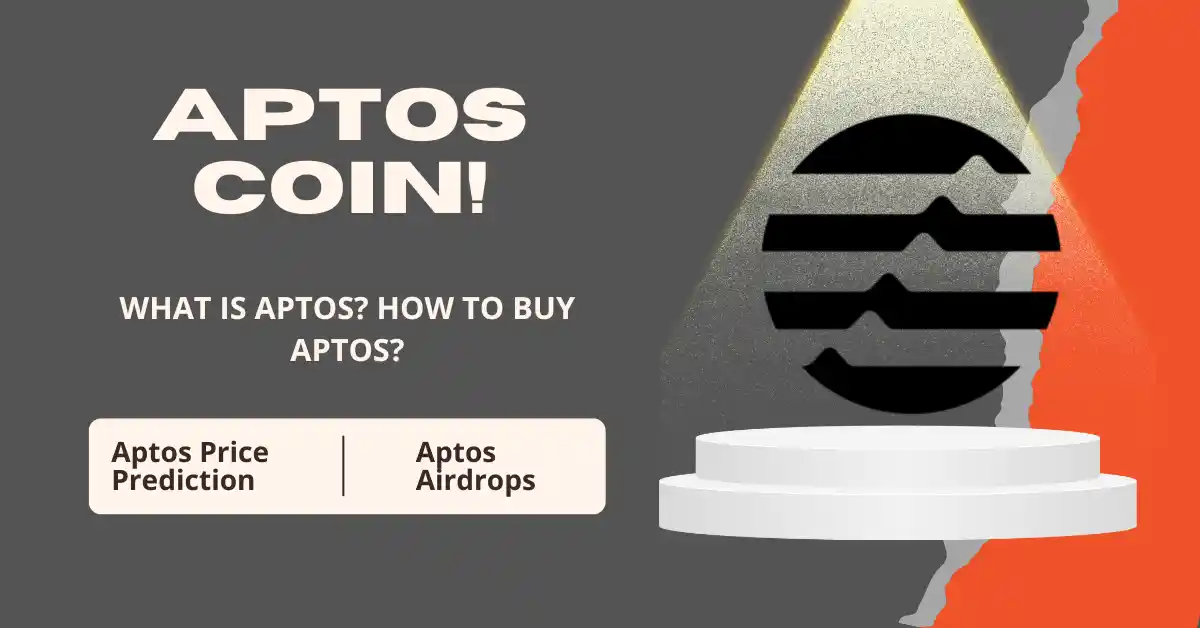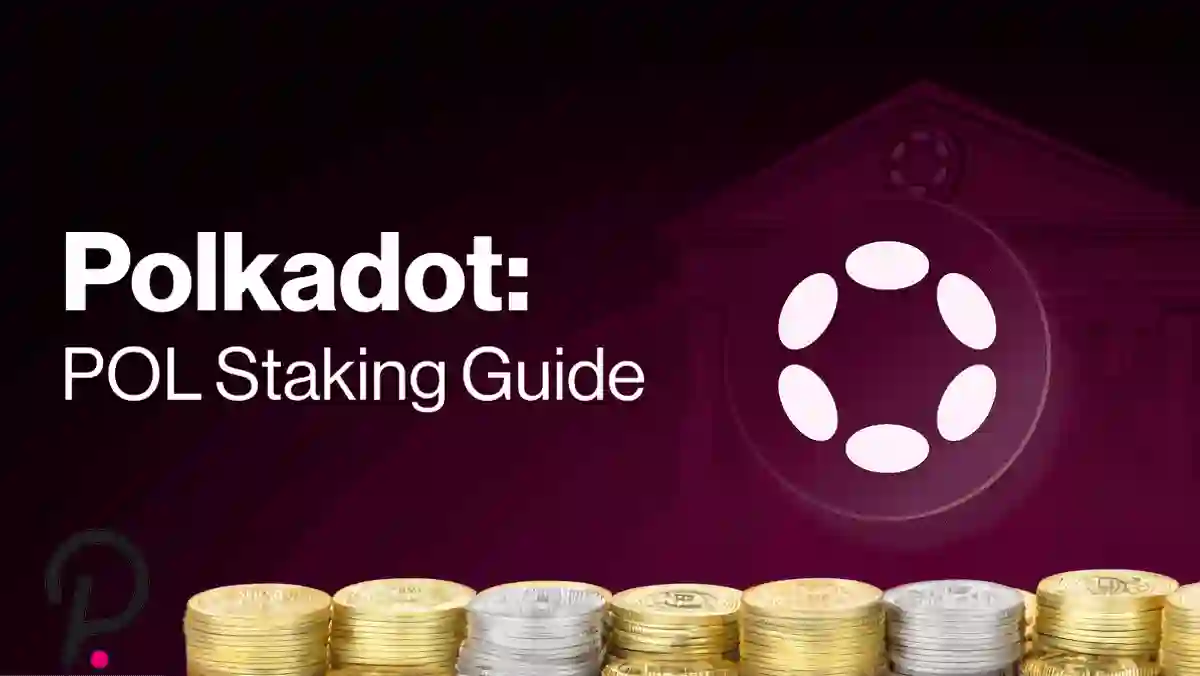10 min to read.
What is Moonbeam Network? How to Buy Moonbeam GLMR Coin
How to buy GLMR Moonbeam Network? What is Moonbeam Foundation? Polkadot vs Moonbeam
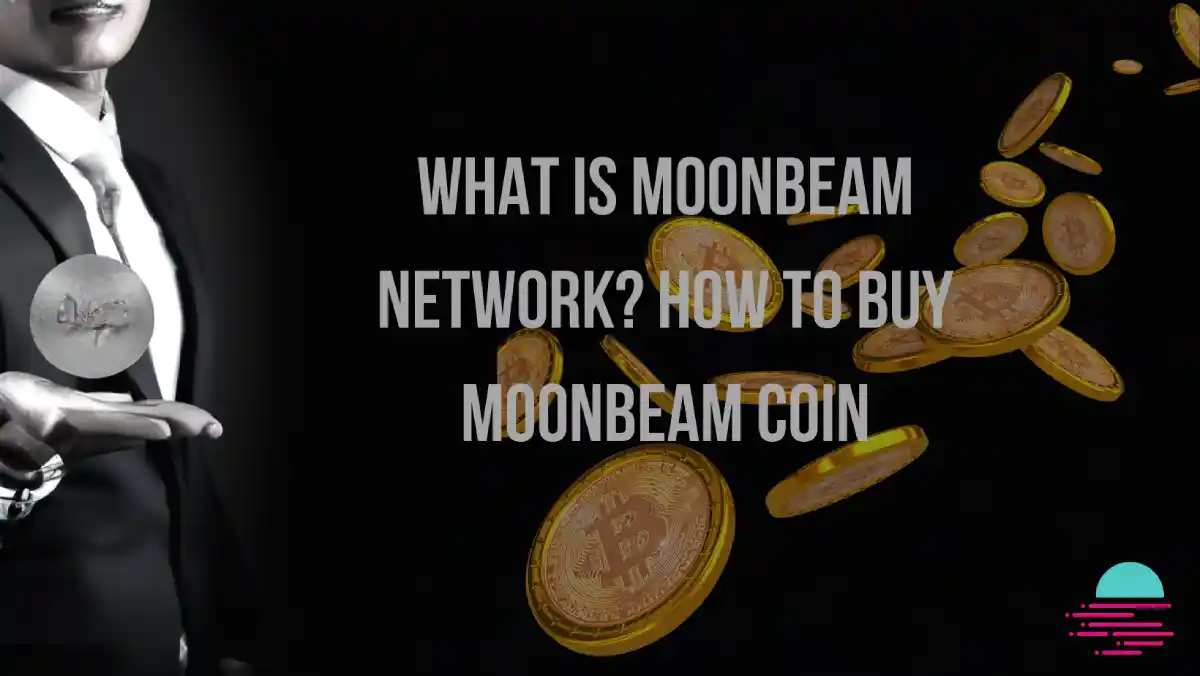
Table of Content
- What is Moonbeam Network? How to Buy Moonbeam GLMR Coin
- Prominent investors already on board
- Docking to Ethereum
- Moonbeam price predictions
- Polkadot-Native USDT Available on Moonbeam
- How to Buy Moonbeam Coin
- Moonbeam FAQs
What is Moonbeam Network? How to Buy Moonbeam GLMR Coin
In the following paragraph, we will describe Moonbeam: Moonbeam is the second project selected to operate a parachain at Polkadot's Parachain Auctions after receiving one of the coveted slots. As the best found Polkadot project, Moonbeam is now preparing to introduce smart contract functionality to the ecosystem - but aiming to build a direct link to Ethereum with the help of over 35.7 million DOT tokens contributed.</p>
Moonbeam is now able to build on a theoretical equivalent of more than one billion euros with more than 35 million DOT tokens deposited. However, these values will not be readily available as cash until the project returns its parachain in October 2023. In the meantime, the team can accomplish the goals that they have set for themselves and their investors. Moonbeam is actually the developer company PureStake founded by founder and CEO Derek Yoo in 2019 and began as a developer for proof-of-stake networks such as Algorand and Polkadot staking. The parachain auction has been successful for several reasons, including Yoo's previous experience working in information technology companies, which has enabled him to attract a number of prominent crypto investors. The project is supported by Arrington XRP Capital, Coinbase Ventures, Binance Labs, Fenbushi Capital, KR1 and CoinFund. Yoo's team decided to lease a parachain rather than create a standalone blockchain some time ago instead of creating it themselves. Currently, they are interested in building on a decentralized system with over 900 validators, without having to create one themselves. However, Moonbeam envisions itself as a layer 1 solution and would like to appeal to as many developers as possible in order to get them started building DApps. Of course, this cannot be achieved without currying favor with Ethereum. Moonbeam intends to simplify the development process by supporting Ethereum tools such as MetaMask, Remix, Hardhat, Waffle, Truffle, and Solidity as well as ERC-20 tokens. As well as GLMR (short for Glimmer), Moonbeam also has its own token, which will enable developers to pay for transaction fees in the network and use them to run their DeFi applications. GLMR is expected to be launched in the first quarter of 2022. In the medium term, Moonbeam will be judged in part on the quality of its token, since if developers abandon Moonbeam in favor of other smart contract networks, the token will also become irrelevant. There is a need to understand that price forecasts, especially when it comes to something as volatile as cryptocurrency, very often end up being incorrect, so it is important to keep that in mind before we discuss some moonbeam price predictions made on 12 September 2022. Furthermore, long-term cryptocurrency price predictions are often based on algorithms, which means they can change at any time. In its moonbeam crypto price prediction for 2017, PricePrediction.net predicted that the token would trade at $0.93 this year, $1.35 next year, and $1.93 in 2018. According to the site, GLMR might reach $2.83 in 2025, $4.28 in 2026, $6.28 in 2027, and $9.21 in 2028, before reaching $4.28 in 2026, $6.28 in 2027, and $9.21 by 2028. According to the forecast, the token may end the decade after breaking through the $10 barrier to trade at $13.64. The site then went on to make a moonbeam price prediction for 2030 of $19.63, before suggesting that it could trade at around $29.08 in 2031. During 2022, CoinArbitrageBot predicted that moonbeam would reach a fraction of a cent below $3.31 before trading at a potential price of $5.89 by the end of the year. The site predicted that GLMR could reach $9.53 by the year 2024, followed by $15.42 by the year 2025, and ultimately reach $15.42. If you believe that the price of moonbeam will increase by approximately 450% by the end of the year, then you will be able to trust this particular forecast. CryptoPredictions.com made a GLMR price prediction that argued the token would breach the dollar barrier by December 2022, reaching just under $1.06. By September 2023, the site suggested moonbeam could be worth about $1.68, moving to a fraction of a cent below $2.10 12 months thereafter. A price prediction made by the site for the moonbeam token for 2025 suggested that it could start the year just below $2.20, reach $2.36 by the end of September, and finish the year between $2.41 and $2.42. The prediction argued that the token could rise to $2.55 in September the following year before closing 2026 at $2.59. Last but not least, WalletInvestor predicted that GLMR would drop considerably over the next 12 months, falling to $0.05027 on 12 September 2023. In making GLMR token price predictions, it is important to keep in mind that cryptocurrency markets remain extremely volatile, making it difficult to accurately predict a coin's or token's price in the next few hours, and even more difficult to give long-term forecasts. Therefore, analysts and algorithm-based forecasters can and do make incorrect predictions. It is very important that you conduct your own research before investing in cryptocurrency tokens. Before making any investment decision, check out the latest market trends, news, technical and fundamental analysis, and expert opinion. Past performance is not a guarantee of future returns. Avoid trading with money you cannot afford to lose. To that end, Moonbeam features the following features to enhance its utility to users, and to ensure its interoperability with other blockchain networks: Ethereum Virtual Machine: A number of advantages are available to users of Moonbeam because it is compatible with the Ethereum Virtual Machine (EVM) and is written in the Solidity programming language. Coding Languages: Besides Solidity, Moonbeam supports a wide variety of EVM bytecode languages, including Vyper, Flint, and Javascript as well. Substrate Compatibility: There is compatibility between Moonbeam and Substrate ecosystem, along with its development tools. Substrate is a software development kit that facilitates the creation of customized blockchains and is used by many parachains on the Polkadot and Ethereum networks.</p>
Bridge Possibilities: To facilitate asset migration between chains, Moonbeam has already integrated several cross-chain bridges. Current bridge integrations include cBridge, Multichain, and RelayChain. Moonriver: It is called Moonriver that Moonbeam uses as its testing network. Like Moonbeam, Moonriver is fully EVM-compliant and is intended to be used by developers to test their dApps and smart contracts prior to deployment on Moonbeam. It runs on Kusama, Polkadot's canary network, and has its own utility token, MOVR. Moonbeam's ecosystem now supports interaction with Tether Stablecoin Moonbeam, the top destination for cross-chain connected applications, announced that Tether (USDT) is now available on Moonbeam, an integration that was finalized on September 23rd, 2022. A cross-chain integration with Statemint parachain makes it possible to connect Tether to Moonbeam. Statemint-based assets like USDT can be moved to Moonbeam using XCM, the cross-chain messaging feature built into Polkadot, where they can be deposited as XC-20s and used across the hundreds of projects on Moonbeam. This stablecoin launched in 2014 and is pegged to the U.S. dollar. With over 67 billion tokens in circulation, it's one of the largest stablecoins today. The Tether stablecoin will launch on Statemint, a so-called “common good” parachain which will serve as a resource for deploying and transferring tokens throughout Polkadot. With this launch, apps built on parachains like Moonbeam will be able to support another native stablecoin on their platform. Just like DOT and other cross-chain assets on Polkadot, USDT tokens can be brought to Moonbeam using the Moonbeam DApp. Once deposited, you can use xcUSDT with your MetaMask wallet and Ethereum-style H160 address, like all Moonbeam-based tokens. Just click on Deposit USDT and follow the prompts to move it to Moonbeam. Moonbeam's smart contract platform is optimized for cross-chain connected contracts, which are applications that can take advantage of functionality from multiple blockchains simultaneously, like Ethereum, Cosmos, Polkadot, and so on. Developers who want to simplify their user experience while letting them interact with assets and services that are scattered across many chains can use this approach. These kinds of cross-chain movements are possible in the Polkadot ecosystem thanks to XCM (cross-consensus messaging), which enables a rich set of interactions between Substrate-based parachains like Statemint and Moonbeam. Since launching in January 2022, Moonbeam has integrated with many of the top parachains, including Acala, Astar, and Interlay, allowing assets and data to freely flow between connected chains. The Polkadot network is composed of a series of connected blockchains called parachains. Polkadot provides shared security and a means for parachains to communicate. Moonbeam is a parachain that is part of the Polkadot network. GLMR (Moonbeam) is a part of a system that aims to create a bridge between blockchains. Moonbeam is an open-source smart contract platform that allows developers to build cross-chain applications that are capable of accessing users, assets, and services across multiple blockchains. As a platform that integrates functionality from Ethereum, Cosmos, Polkadot, and many other blockchain technologies, Moonbeam is able to solve today's fragmented user experience, enabling true interoperability and paving the way for new applications to be developed. In order to support smart contracts that access services across a variety of blockchains, the Moonbeam platform uses integrated cross-chain messaging. The combination of this approach, Moonbeam's developer-friendly EVM platform, extensive tool support, and modern Substrate architecture provide the ideal environment for developing connected applications.Prominent investors already on board
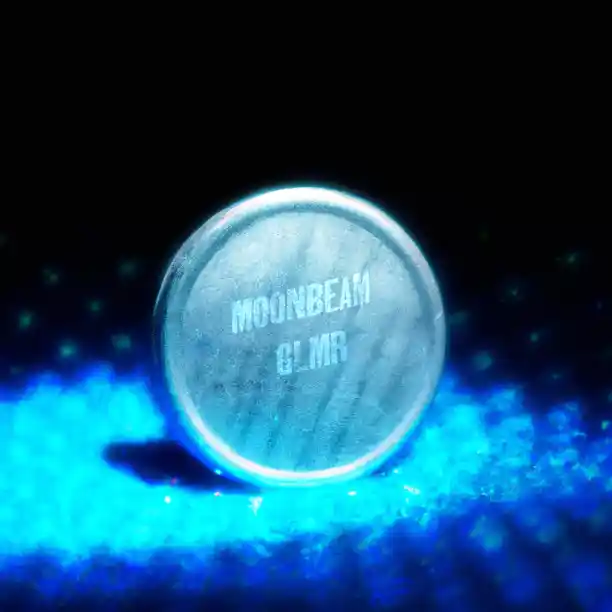
Docking to Ethereum
Moonbeam price predictions
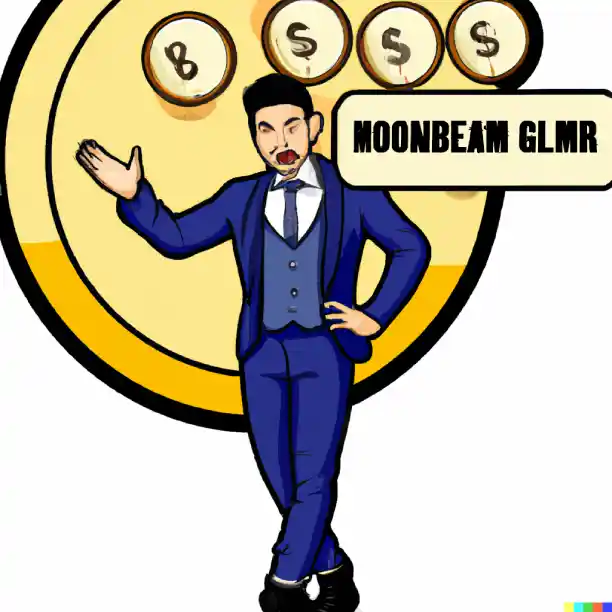
Polkadot-Native USDT Available on Moonbeam
How to Buy Moonbeam Coin
Moonbeam FAQs
What is the difference between Polkadot and Moonbeam?
What is Moonbeam?
What is Moonbeam Network?
